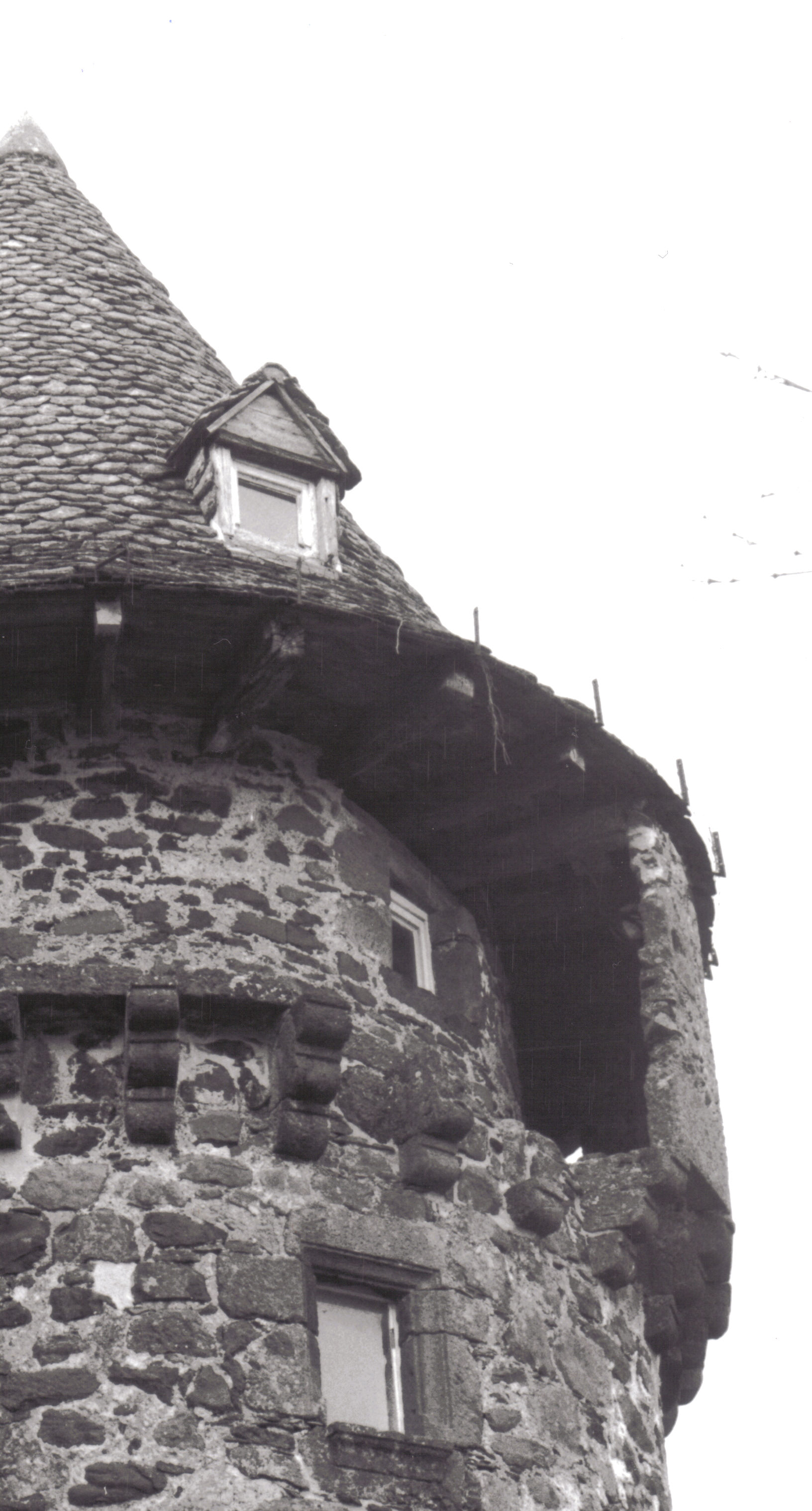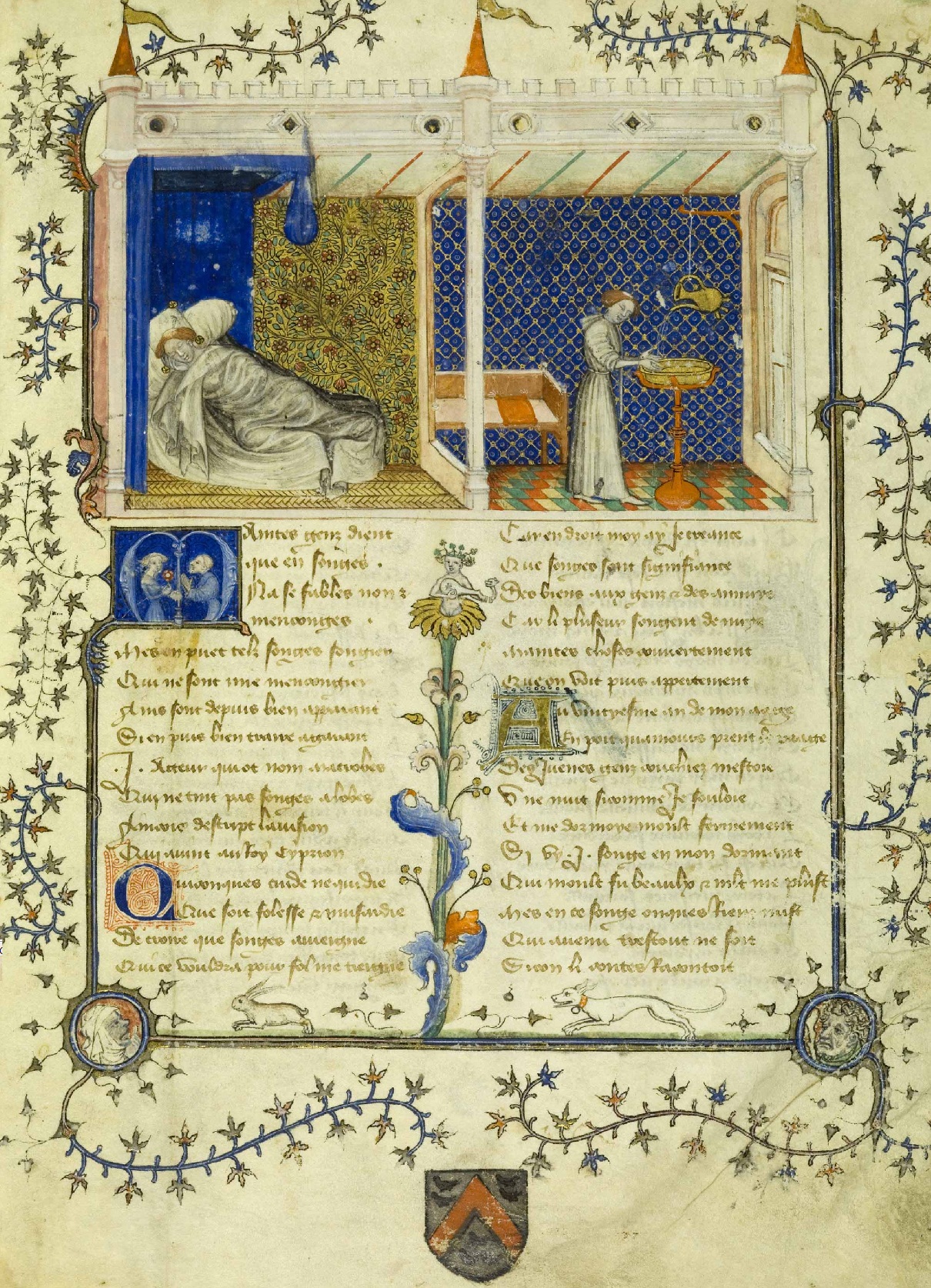|
Anglards-de-Salers
Anglards-de-Salers (; oc, Anglars de Salèrn) is a commune in the Cantal department in the Auvergne region of south-central France. The inhabitants of the commune are known as ''Anglardois'' or ''Anglardoises'' Geography Anglards-de-Salers is located some 60 km west by north-west of Saint-Flour and 15 km south of Ydes. It can be accessed by the D122 road from Mauriac in the west to the village. There is also the minor D22 road from Méallet in the north to the village which continues as a more major road to Salers in the south-east. The D222 road also comes to the village from Salins in the west. The D12 road from Veyrieres in the north also passes inside the north-eastern border of the commune and continues to Le Falgoux to the south-east of the commune. The D212 roads goes west from the D12 to the village. There are a number of small hamlets in the commune. These are: *Les Aldieres *Bagnac *Baliergues *La Bastide *Bouisse *Le Breuil *Le Caire *Le Chambon * ... [...More Info...] [...Related Items...] OR: [Wikipedia] [Google] [Baidu] |
Communes Of The Cantal Department
The following is a list of the 246 communes of the Cantal department of France. Intercommunalities The communes cooperate in the following intercommunalities (as of 2020):BANATIC Périmètre des EPCI à fiscalité propre. Accessed 3 July 2020. * (CABA) * (CCCGC) Communauté de communes de Cère et Goul en Carladès * (CCCC) [...More Info...] [...Related Items...] OR: [Wikipedia] [Google] [Baidu] |
Communes Of France
The () is a level of administrative divisions, administrative division in the France, French Republic. French are analogous to civil townships and incorporated municipality, municipalities in the United States and Canada, ' in Germany, ' in Italy, or ' in Spain. The United Kingdom's equivalent are civil parishes, although some areas, particularly urban areas, are unparished. are based on historical geographic communities or villages and are vested with significant powers to manage the populations and land of the geographic area covered. The are the fourth-level administrative divisions of France. vary widely in size and area, from large sprawling cities with millions of inhabitants like Paris, to small hamlet (place), hamlets with only a handful of inhabitants. typically are based on pre-existing villages and facilitate local governance. All have names, but not all named geographic areas or groups of people residing together are ( or ), the difference residing in the l ... [...More Info...] [...Related Items...] OR: [Wikipedia] [Google] [Baidu] |
Democratic And Socialist Union Of The Resistance
The Democratic and Socialist Union of the Resistance (french: Union démocratique et socialiste de la Résistance or UDSR) was a French political party founded after the liberation of France from German occupation and mainly active during the Fourth Republic (1947–58). It was a loosely organised "cadre party" without mass membership. Its ideology was vague, including a broad diversity of different political convictions with descriptions ranging from left-wing via centrist to conservative. It was decidedly anti-communist and linked with the '' Paix et Liberté'' ("Peace and Liberty") movement. The UDSR was a founding member of the Liberal International in 1947. Foundation It was founded in 1945 by the non-Communist majority of the resistance network, Movement of National Liberation. The project was to create a French labour party with all the former non-Communist Resistance. However, this plan failed because of the rebirth of the French Section of the Workers' International ... [...More Info...] [...Related Items...] OR: [Wikipedia] [Google] [Baidu] |
Saint-Bonnet-de-Salers
Saint-Bonnet-de-Salers (, literally ''Saint-Bonnet of Salers''; Auvergnat: ''Sant Bonet de Salèrn'') is a commune in the Cantal department in south-central France. Population See also *Communes of the Cantal department The following is a list of the 246 communes of the Cantal department of France. Intercommunalities The communes cooperate in the following intercommunalities (as of 2020):Communes of Cantal Cantal communes articles needing translation from French Wikipedia {{Cantal-geo-stub ... [...More Info...] [...Related Items...] OR: [Wikipedia] [Google] [Baidu] |
Cheylade
Cheylade (; Auvergnat: ''Chailada'') is a commune in the Cantal department in south-central France. Population See also *Communes of the Cantal department The following is a list of the 246 communes of the Cantal department of France. Intercommunalities The communes cooperate in the following intercommunalities (as of 2020):Communes of Cantal {{Cantal-geo-stub ... [...More Info...] [...Related Items...] OR: [Wikipedia] [Google] [Baidu] |
Moussages
Moussages (; oc, Moçajas) is a commune in the Cantal department in south-central France. Population See also *Communes of the Cantal department The following is a list of the 246 communes of the Cantal department of France. Intercommunalities The communes cooperate in the following intercommunalities (as of 2020):Communes of Cantal {{Cantal-geo-stub ... [...More Info...] [...Related Items...] OR: [Wikipedia] [Google] [Baidu] |
Institut Géographique National
An institute is an organisational body created for a certain purpose. They are often research organisations (research institutes) created to do research on specific topics, or can also be a professional body. In some countries, institutes can be part of a university or other institutions of higher education, either as a group of departments or an autonomous educational institution without a traditional university status such as a "university institute" (see Institute of Technology). In some countries, such as South Korea and India, private schools are sometimes referred to as institutes, and in Spain, secondary schools are referred to as institutes. Historically, in some countries institutes were educational units imparting vocational training and often incorporating libraries, also known as mechanics' institutes. The word "institute" comes from a Latin word ''institutum'' meaning "facility" or "habit"; from ''instituere'' meaning "build", "create", "raise" or "educate". ... [...More Info...] [...Related Items...] OR: [Wikipedia] [Google] [Baidu] |
Altar
An altar is a table or platform for the presentation of religious offerings, for sacrifices, or for other ritualistic purposes. Altars are found at shrines, temples, churches, and other places of worship. They are used particularly in paganism, Christianity, Buddhism, Hinduism, Judaism, modern paganism, and in certain Islamic communities around Caucasia and Asia Minor. Many historical-medieval faiths also made use of them, including the Roman, Greek, and Norse religions. Etymology The modern English word '' altar'' was derived from Middle English '' altar'', from Old English '' alter'', taken from Latin '' altare'' ("altar"), probably related to '' adolere'' ("burn"); thus "burning place", influenced by '' altus'' ("high"). It displaced the native Old English word '' wēofod''. Altars in antiquity File:Tel Be'er Sheva Altar 2007041.JPG, Horned altar at Tel Be'er Sheva, Israel. File:3217 - Athens - Sto… of Attalus Museum - Kylix - Photo by Giovanni Dall'Orto, ... [...More Info...] [...Related Items...] OR: [Wikipedia] [Google] [Baidu] |
Roman De La Rose
''Le Roman de la Rose'' (''The Romance of the Rose'') is a medieval poem written in Old French and presented as an allegorical dream vision. As poetry, ''The Romance of the Rose'' is a notable instance of courtly literature, purporting to provide a "mirror of love" in which the whole art of romantic love is disclosed. Its two authors conceived it as a psychological allegory; throughout the Lover's quest, the word ''Rose'' is used both as the name of the titular lady and as an abstract symbol of female sexuality. The names of the other characters function both as personal names and as metonyms illustrating the different factors that lead to and constitute a love affair. Its long-lasting influence is evident in the number of surviving manuscripts of the work, in the many translations and imitations it inspired, and in the praise and controversy it inspired. Authorship ''The Romance of the Rose'' was written in two stages by two authors. In the first stage of composition, circ ... [...More Info...] [...Related Items...] OR: [Wikipedia] [Google] [Baidu] |
Aubusson Tapestries
Aubusson tapestry is tapestry manufactured at Aubusson, in the upper valley of the Creuse in central France. The term often covers the similar products made in the nearby town of Felletin, whose products are often treated as "Aubusson". The industry had probably developed since soon after 1300 in looms in family workshops, perhaps already run by the Flemings that are noted in documents from the 16th century. Aubusson tapestry of the 18th century managed to compete with the royal manufacture of Gobelins tapestry and the privileged position of Beauvais tapestry, although generally regarded as not their equal. In 2009 "Aubusson tapestry" was inscribed on the Representative List of the Intangible Cultural Heritage of Humanity by UNESCO. At that time the industry supported three workshops, and ten or so freelance weavers. Felletin is identified as the source from which came the Aubusson tapestries in the inventory of Charlotte of Albret, Duchess of Valentinois and widow of ... [...More Info...] [...Related Items...] OR: [Wikipedia] [Google] [Baidu] |
Château De La Trémollière - Anglards
A château (; plural: châteaux) is a manor house or residence of the lord of the manor, or a fine country house of nobility or gentry, with or without fortifications, originally, and still most frequently, in French-speaking regions. Nowadays a ''château'' may be any stately residence built in a French style; the term is additionally often used for a winegrower's estate, especially in the Bordeaux region of France. Definition The word château is a French word that has entered the English language, where its meaning is more specific than it is in French. The French word ''château'' denotes buildings as diverse as a medieval fortress, a Renaissance palace and a fine 19th-century country house. Care should therefore be taken when translating the French word ''château'' into English, noting the nature of the building in question. Most French châteaux are " palaces" or fine "country houses" rather than "castles", and for these, the word "château" is appropriate in English ... [...More Info...] [...Related Items...] OR: [Wikipedia] [Google] [Baidu] |
Miscellaneous Right
Miscellaneous right (', ''DVD'') in France refers to right-wing candidates who are not members of any large party. This can include members of small right-wing parties, dissidents expelled from their party for running against their party's candidate, or candidates who were never formal members of a party. Numerous ' candidates are elected at a local level, but also at a national level. See also * Independent Conservative * Independent Republican (United States) * Miscellaneous centre *Miscellaneous left Miscellaneous left (', ''DVG'') in France refers to left-wing candidates who are not members of any party or a member of party that has no elected seats. They include either small left-wing parties or dissidents expelled from their parties for ru ... References Right-wing parties in France Political parties of the French Fifth Republic Independent politicians in France {{France-poli-stub ... [...More Info...] [...Related Items...] OR: [Wikipedia] [Google] [Baidu] |




